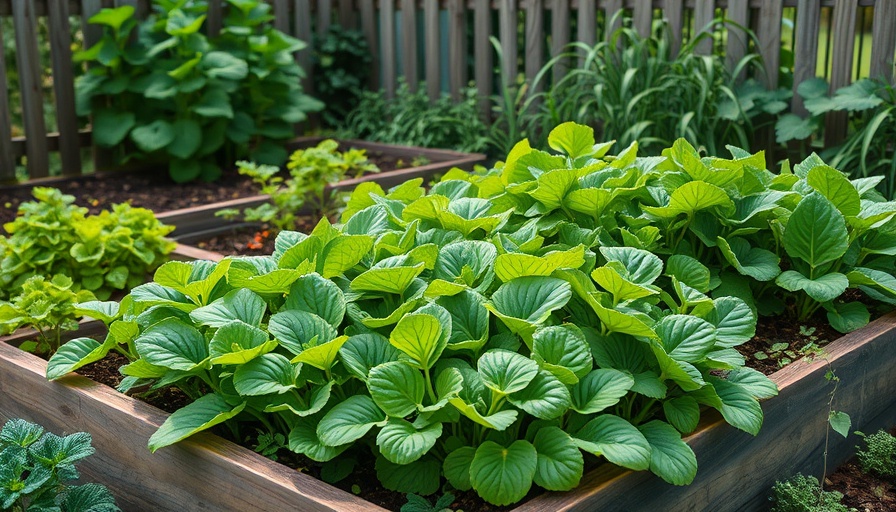
Understanding the Basics: Why Your Raised Bed Vegetables Struggle
Raised bed gardening offers numerous benefits, from enabling better soil control to promoting accessibility for gardeners of all ages. However, even seasoned gardeners may face challenges when cultivating vegetables in these beds. With proper care and attention, however, these challenges can often be overcome.
1. Poor Soil Quality: The Root of All Problems
The success of any garden, particularly raised beds, hinges on soil quality. If the soil is not nutrient-rich and well-structured, plants will struggle to thrive. According to gardening expert Spencer Campbell, “vegetables are annual plants that do all their growing in one season; sometimes they need supplemental support.” Incorporating high-quality garden soil and organic fertilizers can provide the essential nutrients your plants need for vibrant growth.
2. Depth Matters: Ensuring Adequate Soil
Shallow soil depth can hinder the growth of many plants. A depth of 8 to 12 inches may suffice for most vegetables, but deep-rooted crops like carrots require 12 to 18 inches. For raised bed gardens, investing in additional soil can make a significant difference in yield and plant health. Make sure your raised beds provide enough room for roots to stretch and grow!
3. Drainage: Avoiding Waterlogged Roots
Good drainage is critical in raised bed gardening. Without it, excess water can suffocate roots and lead to rot. While commercially produced raised bed kits usually account for this, DIY beds may need you to drill drainage holes. Alongside proper drainage, mix in organic matter such as compost to encourage aeration and prevent puddling.
4. Harnessing the Sun: Light Requirements for Growth
Vegetables thrive on sunlight, needing at least six hours of direct sun daily. Poor positioning can lead to poor growth. For new gardeners, ensuring your beds are placed in the right location can be the key to success. If neighboring trees cast shade, consider pruning branches or relocating the beds to maximize sun exposure.
5. Space Matters: Avoiding Crowded Plantings
Overcrowding is a common issue in raised bed gardens. Plants compete for nutrients, sunlight, and water, leading to stunted growth and increased pest problems. Practicing proper spacing not only allows plants to flourish but also improves airflow, reducing the risk of fungal problems and making it easier to monitor plant health.
6. Rotating Crops for Healthy Soil
A lack of crop rotation can strip the soil of essential nutrients over time. Growing the same vegetables in the same bed year after year can lead to unforeseen pests and diminished soil health. Planning a rotation schedule that introduces different plants each season can rejuvenate the soil, ensuring your raised bed remains productive for years to come.
7. Maintenance and Ongoing Care: The Keys to Thriving Vegetables
Finally, regular maintenance cannot be overlooked. This includes checking soil quality, ensuring adequate drainage, monitoring light conditions, and adjusting plant spacing as necessary. Implementing these care tips will not only help resolve struggles but also enhance the overall health and yields of your raised bed garden.
In summary, while raised bed gardening can present its own challenges, being mindful of soil quality, depth, drainage, sunlight, spacing, and crop rotation will lead to bountiful harvests. If you’re ready to embark on your own gardening adventure, consider applying these actionable insights for a successful journey into the world of vegetables!
 Add Row
Add Row  Add
Add 




 Add Row
Add Row  Add
Add 

Write A Comment